20.05.2020
Mare Spanoudaki: “Our future is interconnected and interdependent”
Curating
Evita Tsokanta (ET): How would you define your curatorial practice?
Mare Spanoudaki (MS): In the current times of crisis, supported by a growing dissatisfaction for individualistic and materialistic discourses, the conditions that define my approach as a curator, apart from the care for objects or subjects of art, are interdisciplinarity and reflexivity. I am interested in fostering projects that function as sites of aesthetic engagement, social activation and dialogue, while reflecting on the struggles that need to be addressed in the present landscape, without being infantilising and tendentious. A priority in my practice is to challenge and reimagine structures, which are product of dominant narratives, and have sustained long-standing exclusions based on gender, race, geography, ethnicity and sexuality. My intention is to benefit the affected communities, encourage self-determination and mobilise a feeling of togetherness and care for all, within an attempt to rethink the way we relate to one another and the environment we occupy. My practice and ongoing research are manifested in participatory and collaborative exhibitions and events, interactive digital platforms, social media, and written material. Depending on the project, I have explored and examined current and past political, cultural and social conditions working closely with cultural workers, artists, activists, archival and visual material, oral histories and communities.
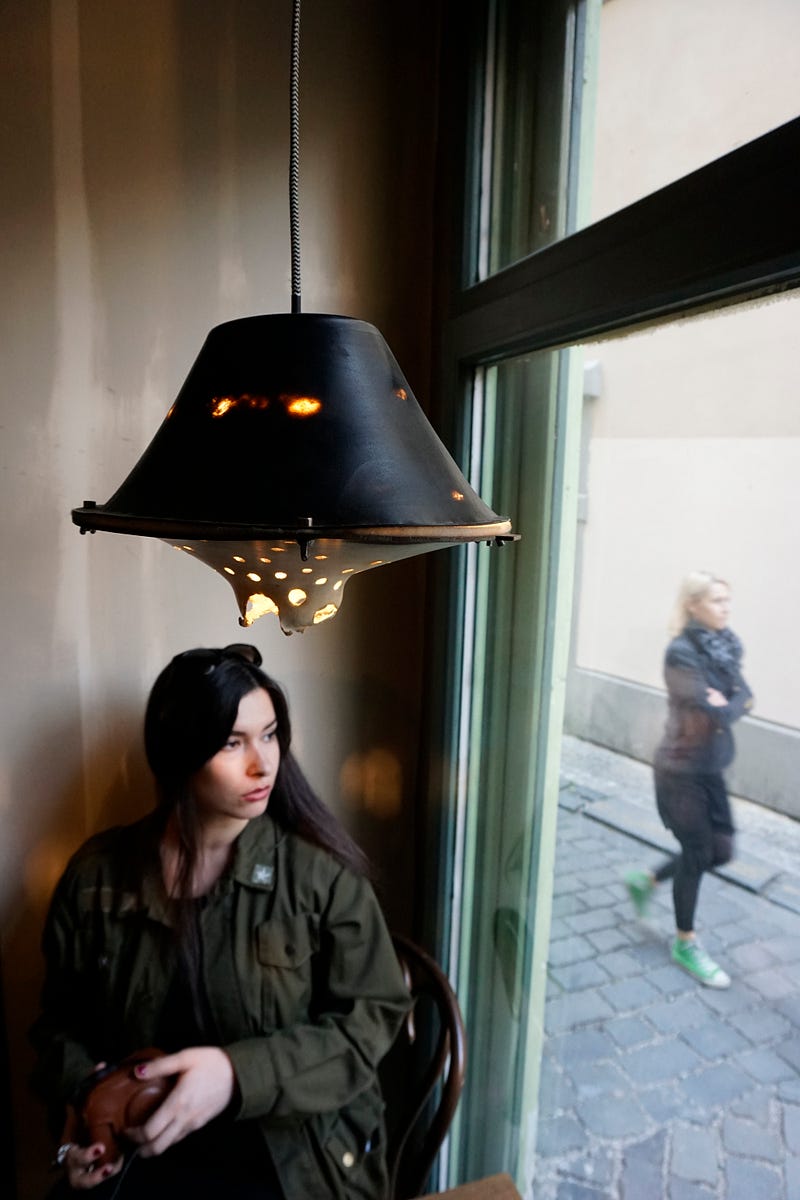
ET: Could you describe the structure, trajectory and goals of this is not a feminist project?
MS: This is not a feminist project began as an online interactive documentary, that consists of two narratives: a living ‘archive/timeline’ which narrates the histories of the feminist movement in Greece (since 1980) through texts and digitized archival material and a series of short video portraits which demonstrate the reality of women of different backgrounds, who are currently living in Greece. It eventually took the form of a digital platform, built to encourage associations between previous feminist struggles, practices and claims and the current living conditions of women in Greece. The content is accessible to all and maintains a level of interactivity in the stories section where visitors can share their own voices. Given that the Feminist Movement and female experiences as a part of Greece’s social history were digitised and curated for the very first time and that such discussions in the Greek context are undeniably urgent, the platform’s goal is to change the dynamic of people’s perspectives about femininities, to adequately address such issues, to shed light on collective memory, to give historical continuity to important matters and to empower femininities.
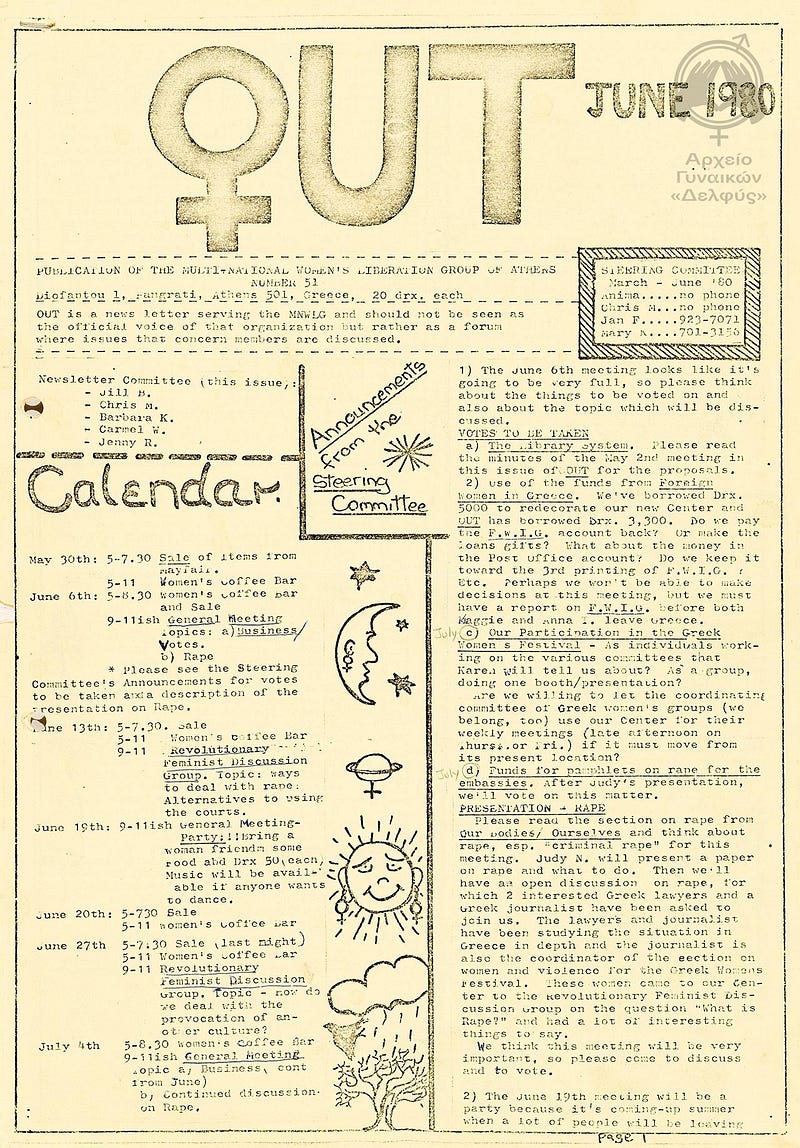
We then decided to expand our practices to the public space and inaugurate ‘This is not a feminist project Residency’ believing that the use of visual arts as a tool for dialogue and solidarity should be embedded in the project by increasing opportunities for artists. The 2018/19 Residency drew on the effects of mobility, migration and displacement of women’s lives and on ways that a sense of belonging and self-determination can emerge under such circumstances. By an intimate observation of diverse everyday tasks, rituals and encounters, both mental and physical, the artist-in-residence Jana Koelmel explored the ways with which refugee and migrant women sustain their personalities and well-being, while adapting to a new environment, as individuals and as members of multiple communities. The produced video series ‘The Rhythm of Small Things’ depicts elements of their lives that reflect their personal moments, memories, traditions, dreams and truths and at the same time have become acts of self-care and gestures of emotional balance. The series was presented as an exhibition at the Victoria Square Project’s space in February 2019 and will soon become part of the online platform for more publics to watch.
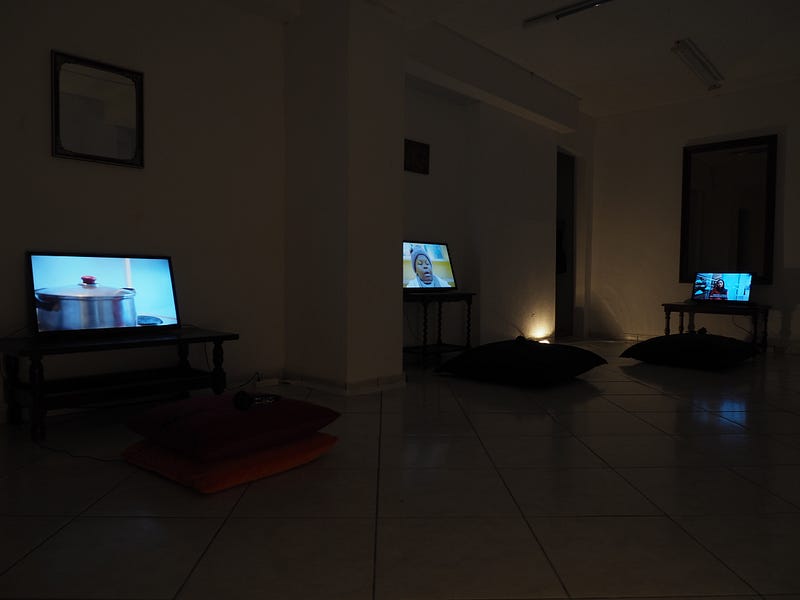
Towards the end of 2018, after continuous incidents of gender-based violence and discrimination in Greece, it became clear that it was time to focus on the feminist and LGBTQIA+ struggles and discourses that were produced in the present day. We concluded that the best manner to support the diversity and activation of the groups and initiatives that engaged with gender issues in Greece was to visualise their constellation on a digital map. The map currently hosts 15 groups accompanied by relevant written and audiovisual material and welcomes any relevant initiatives. The ultimate goal of this map is to ensure the online presence and visibility of each group, to share their personalities and stories, to demonstrate their actions and claims, to emphasize their value and uniqueness without assimilating and altering their character and to offer them the opportunity to share the present challenges and capabilities of the feminist movement as they have experienced them.
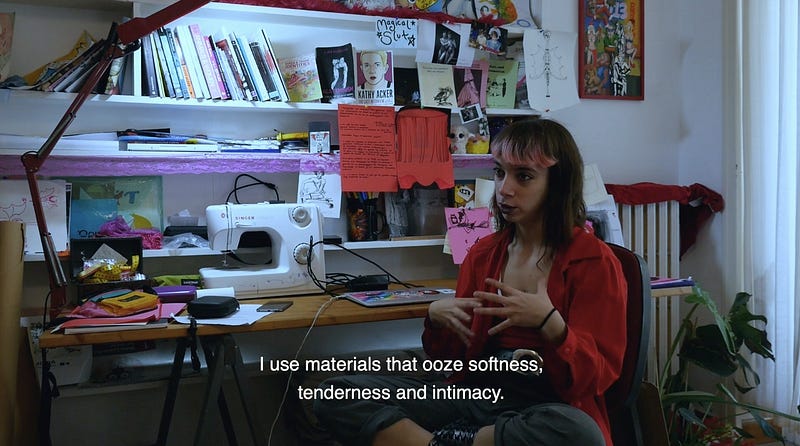
While building the map, we also produced a new series of video portraits, entitled ‘Online Gaze’ by filmmakers Vasia Ntoulia and Nefeli Papaioannou. This series reflected on a specific subject that we felt was necessary to address, since we operate online. In this series four diverse, creative, endearing, and refreshingly sincere femininities share elements of their personality and experiences through the lens of social networking and internet culture. Each one’s online presence and profile carries a distinctive ingenuity and charisma that derives from their daily lives, their trauma, their need for self-identification, acceptance, and love for themselves, as well as the negotiation of their female nature and sexuality. It reveals their longing for a life without hesitation, fear, shame or guilt, their passion for personal expression and their deep desire for liberation from social taboos and stereotypes.
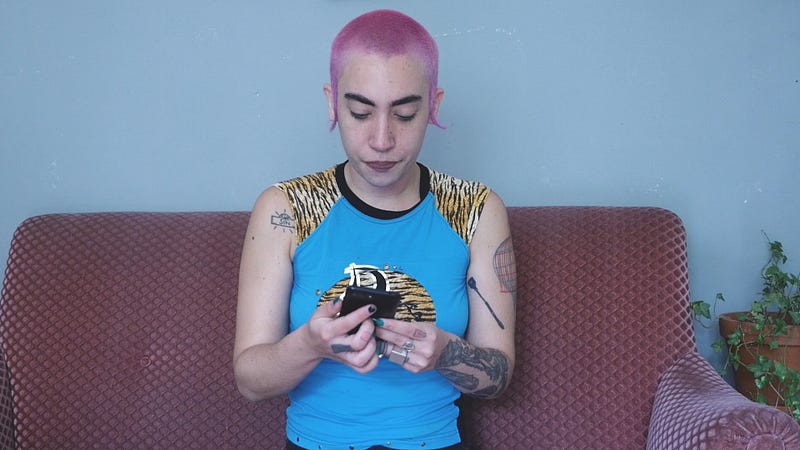
Since the day of its creation, we have agreed that the two-folded digital platform of This is not a feminist project will be the start-line of our activities, but also a basis for experimentation and evolvement. As a result, the platform has become a fluid online environment, a constant work in progress, and a collection of collections, where different research methodologies, practices, and non-linear and diverse content coexist, are juxtaposed and mutually reinforce and complete each other. The purpose is to highlight neglected stories and to underline multiple voices in the present and the relationships that connect them, in order to overthrow deep-rooted stereotypes and dominant narratives in the future. We do not offer a singular, fulfilled and definitive view on the theme, but we invite the visitors into an investigative navigation of data and viewpoints which provoke crossovers.
You can explore the platform of This is not a feminist project and find out more about the people behind it here: notafeministproject.gr
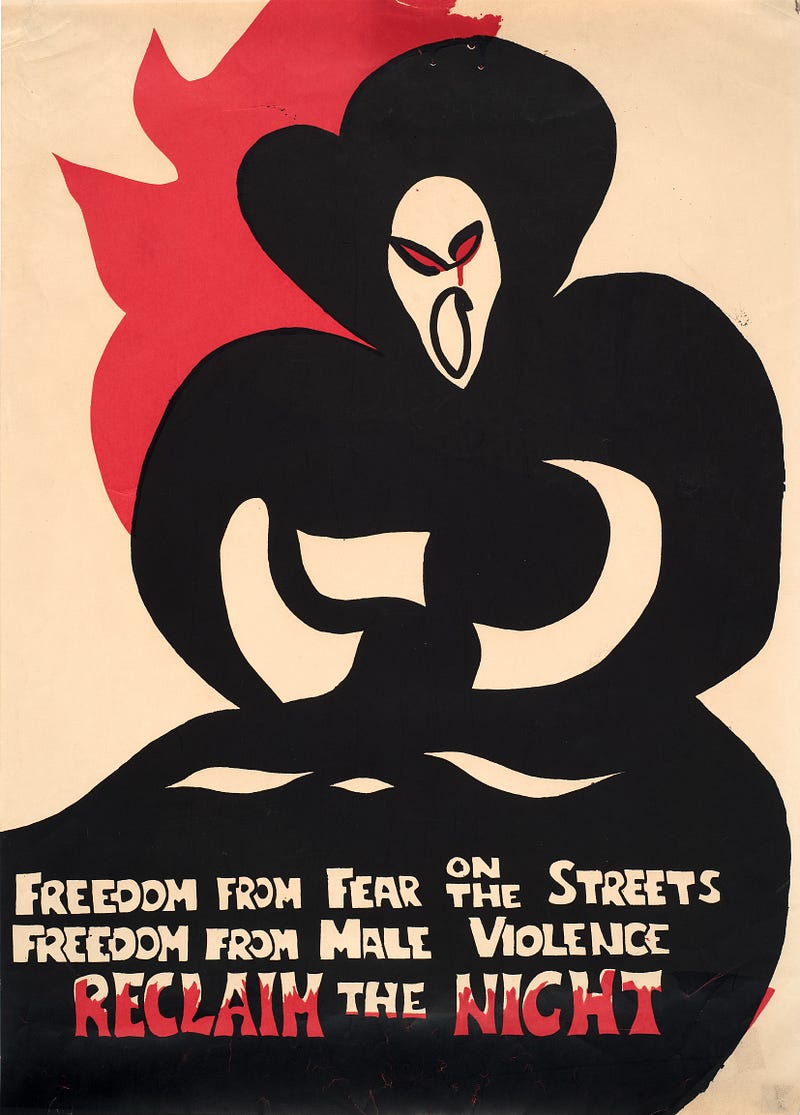
ET: What are the complexities of presenting historiography through social media posts?
MS:Social media platforms host a variety of voices. Although introduced as open and democratic forums, at the same time they encourage specific aesthetics, endorse commodification, superficiality and objectification, and enhance sociopathy, discrimination and narcissism. The unequal distribution of information and communication wealth within it has been spreading manipulation, disinformation and abuse. I use these platforms, in an indirect effort to reverse their utility by systematically sharing miscellaneous, non-linear segments of my research. My activity stands as a counterproposal to normalised media content and canonical forms of production, classification, distribution and presentation of knowledge. I had to adapt the content to the medium’s guidelines (i.e length), I have faced censorship, abusive comments, content reproduction which does not represent the original intentions of the posts, and a dependence on the algorithms that automatically favor what they, consider engaging in an infinite repository of posts. Not to mention that nowadays almost all this activity is gathered by governmental, commercial or covert entities who track and monitor our data. Being active on social media is not only a form of visibility and participation, but also a form of exposure and vulnerability.
ET: What are the different ways the audience is addressed when curating digitally versus curating in a physical space?
MS: The experimentation with various forms of public address can vary according to the nature of the project. An exhibition in a physical space, for instance, is ephemeral and not always accessible, but it can cause a great direct effect on the audience depending on the theme, the immersiveness of the curatorial methodology, the language of the accompanying texts, the atmosphere and specificities of the site itself and the character of the exhibits. There are also myriad opportunities of engagement that can be used to activate deeper interconnections with audiences through discursive, performative, community-building, collaborative and participatory elements.
In a digital context, our experience of time, scale, sensory is quite different. There is free and unrestricted, widespread and intergenerational access to intangible reproductions of content, with the limitation that the visitor has to own the adequate technology. Addressing the audience through digital curating can be determined by the inherent properties of the medium and the level on which the curator is willing to stretch the parameters of a digital environment, to pursue the transformation of the visitors from spectators to participants, with live interaction and connectivity, augmented reality and contextualization of the content with graphics, sound or other media. Again, language is key.
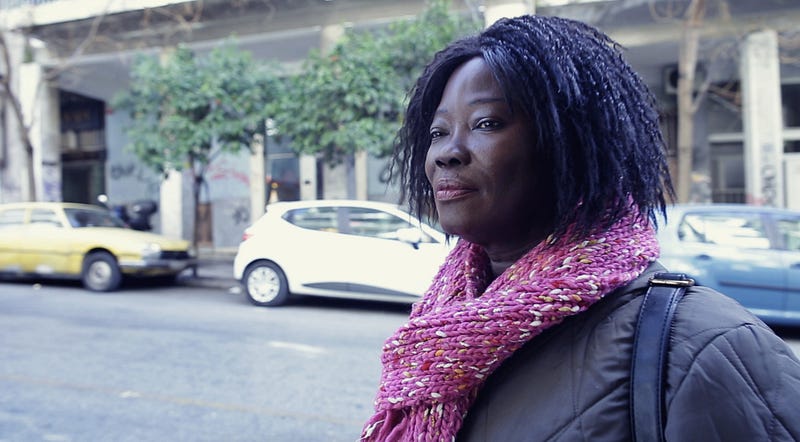
ET: Has the lockdown period and the explosion of digital presentation of cultural texts affected your opinion on the role of digital culture?
MS: It’s definitely positive and comforting to see institutions grasping the opportunity of infrastractural shift to the digital environment, realising online activities, beginning digitisation processes, enabling unprecedented global access to a vast amount of cultural texts, events, exhibitions, films etc and seeking to promote collectivity and openness towards knowledge, art and culture. As long as this does not become the only manner of experiencing culture and we don’t end up living through a screen.
ET: Your academic background includes communications and media. How has that informed your curatorial practice?
MS: My background has inspired my curiosity to research and study exhibitions primarily as communicational tools that make use of artworks to inform, represent, mediate, interpret, transmit ideas and concepts, and produce certain narratives which affect the publics in different ways according to the contexts in which they operate. Secondly, as a historiographical lens through which to explore inquiries around contemporary art history, the interdisciplinary terrain in which artworks are conceived, produced and made public, and the mediated world of historical memory, art, culture and knoweldge. Other aspects of my practice informed by my background are the eagerness to connect and converse, not only with artists, but also different communities and practitioners that I collaborate with, my motivation to experiment and manifest my interests with various media, not only artworks, and my need to always value and consider the importance of the recipients of any of my endeavours.
ET: Curating as a form of knowledge production has been challenged in recent years. How do you see the role of the curator evolving in the future?
MT: I believe that curators, apart from exploring the potential to form a viable perspective for art and culture through their practices, will be preoccupied with the realisation that our future is interconnected and interdependent. Particularly in reference to questions of survival and growth from what was, towards what we are yet to become in regard to mobility, coexistence, multiplicity, communality, nature and shared belongings instead of taking for granted that unity, continuity and consensus already exist. It is urgent that this conception is inhereted by every discipline and person.
ET: What have been the major issues you have faced working as an independent curator in Athens?
MS: The core issue I have been dealing with as an independent curator is how to sustain and cultivate my stamina and enthusiasm, and continue to be active, productive, passionate and creative in a financially unstable environment and a highly competitive field. Independent curatorial practice is precarious, very often unpaid, dependent on relatively minor and scarce funding, and on constant fundraising applications. With a lot of patience and effort I have found ways to survive and tranform the restraints into opportunities so far, however the need to reform the working conditions of independent curators and reverse the general disregard for the occupations involved in contemporary cultural production is crucial for our future. I hope the collective mobilisation we are witnessing by local practitioners at the moment and the public articulation of our situation and requirements will result into fruitful outcomes and the moulding of a substantial and sustainable framework to support the cultural sector.
ET: What are your professional aspirations as an independent curator?
MS: It might seem utopian or even naive, but the ideal situation for me would be to have the capacity to be a co-worker of artists and others practitioners, and work beyond narrow institutional territories, without hierarchical structures and in a non-homogeneous collective environment that would allow us the freedom to create, interpret and experiment in different ways of knowing and unknowing, and ultimately, different ways of being.
Evita Tsokanta is an art historian based in Athens who works as a writer, educator and an independent exhibition-maker. She lectures on curatorial practices and contemporary Greek art for the Columbia University Athens Curatorial Summer Program and Arcadia University College of Global Studies. She has contributed to several exhibition catalogues and journals and completed a Goethe Institute writing residency in Leipzig, Halle 14.



